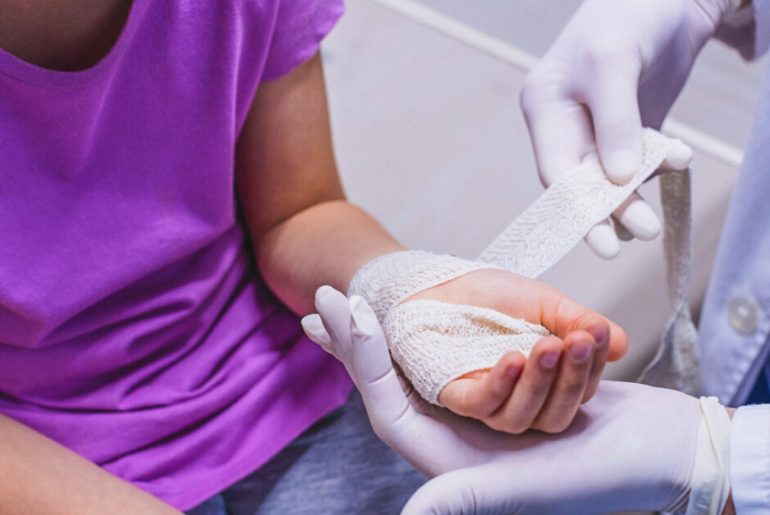Wounds are injuries that disrupt the standard structure and function of the skin and soft tissue architecture. Usually, a wound should progress through the expected stages of wound healing. Acute wounds demonstrate normal physiology, while chronic wounds show physiological impairment. For proper wound healing, the wound needs to be well vascularized, moist, clear of infection, and free of devitalized tissue. If you have an infected wound, Wound Care Fort Worth may help improve the wound healing environment to prevent further complications. Below are wound types that may require medical attention.
Diabetic wound
A diabetic wound is a common chronic wound that develops when blood vessels are narrow, limiting oxygen and nutrients supply to the wound. As a result, the tissues take longer than usual to heal. If you have diabetes, high blood sugar may destroy your nerves, making you less sensitive to pain. Because of loss of sensation, you may not feel any existing wound changes, including developing blisters and infection.
Wounds are usually a serious health concern for patients with diabetes; a small cut or insect bites can become serious if left untreated. Because diabetes causes wounds to heal slowly, it increases the risk of infection and other complications.
Pressure ulcers
Pressure ulcers or pressure sores are injuries to the skin and underlying tissue due to prolonged pressure on the skin. They are also known as bed sores since they usually affect people confined to beds or sitting in a chair or wheelchair for an extended period. Although these wounds can occur in any part of the body under pressure, they are standard on bony regions, including the hips, elbows, heels, and base of the spine.
Pressure ulcers develop as discoloration on certain skin parts; the affected areas may be painful and feel itchy. When pressure ulcers worse, they may form an open wound or blister. The wound may also reach deeper layers of the skin, including muscle and bone.
Surgical wound
Surgical wounds occur when a surgeon makes a cut or an incision into your skin using a scalpel. You may require surgery due to different medical problems, including chronic back pain. The wound depth depends on the type of the procedure and the location of the incision in your body.
Any procedure that requires cutting the skin open will create a surgical wound, with a one and three percent chance of wound infection after surgery. Anyone can develop a surgical wound infection, but the risk is higher in people with a weak immune system and underlying medical conditions such as diabetes. Chronic smokers are also more susceptible to surgical wound infections than people who do not smoke.
Venous skin ulcers
Venous skin ulcers usually occur when there is a cut in your leg, often around your ankles. When the valves in your legs are weak or damaged, some blood pools into your veins, increasing pressure at the end of the limbs. The skin then becomes weak, affecting the natural wound healing process.
If you have a slow-healing wound, reserve a session with your healthcare provider at Wound Evolution for treatment to alleviate pain and improve your quality of life.

